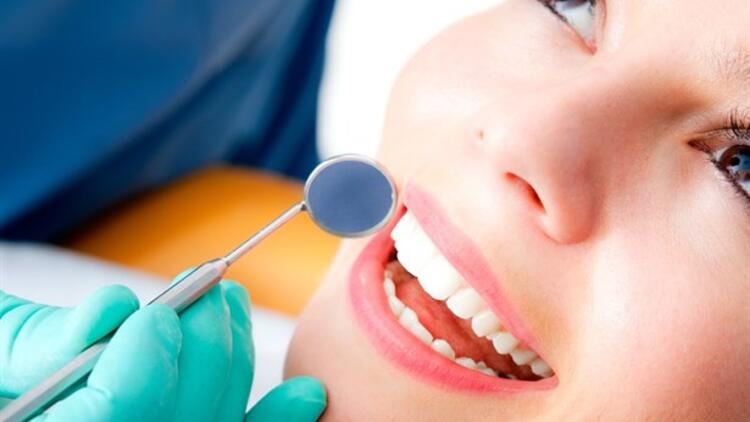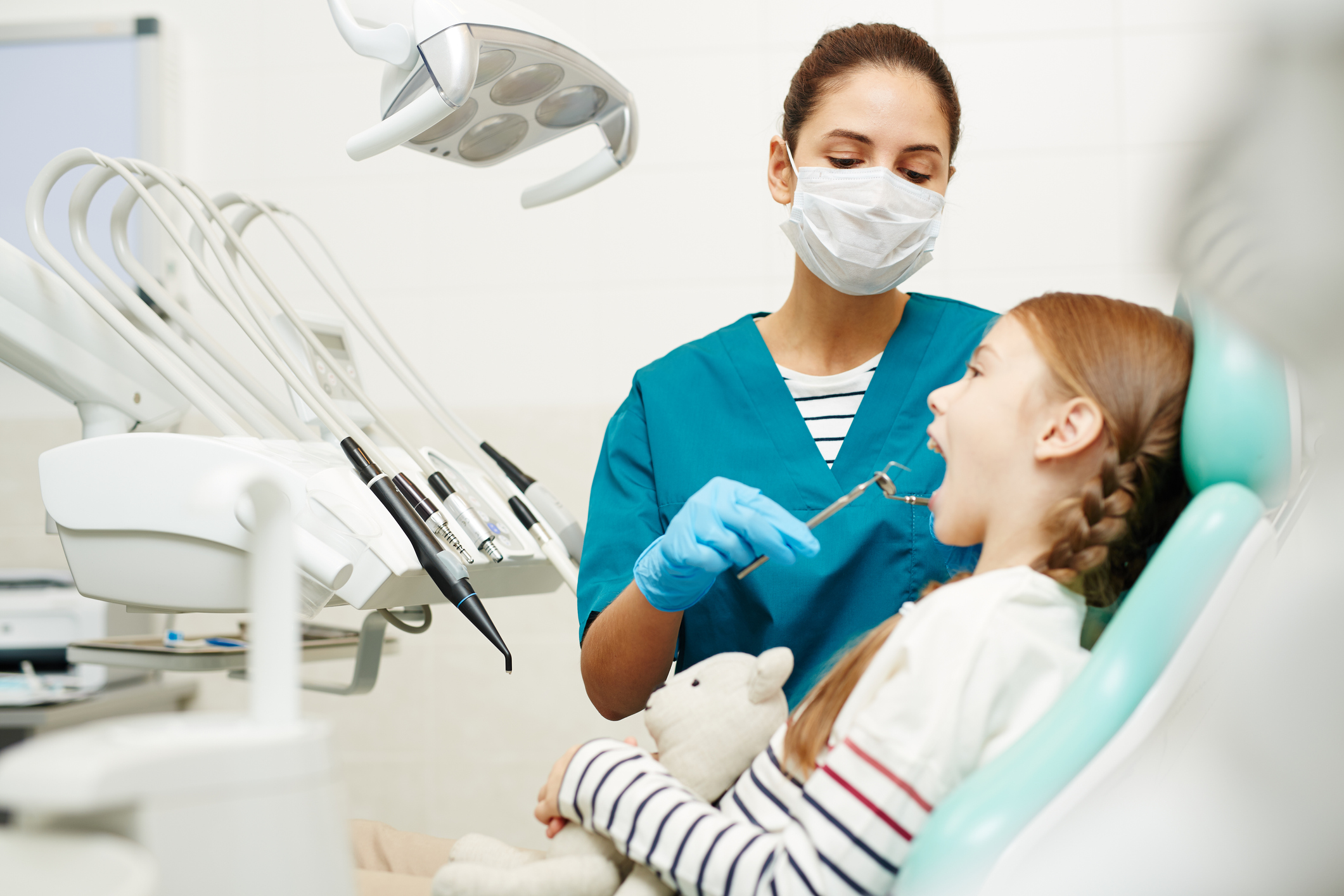
Dentantalya dis kliniği bu gune kadar kendimi en rahat hissettigim dis klinigi. Sevgili doktoruma ve personeline, verdikleri kaliteli hizmetten ve samimiyetinden dolayi cok tesekkurler

In Smile design is very important to understand the cosmetic expectations of the patient and correctly determine necessary steps. Model is calculated using special computer programs based on measurements, intraoral and facial patient’s photographs and compliance with the shape of the face. The most approximate “after the treatment” images are presented to the patient. Based on original details Smile Design program prepare temporary restorations using various ideas.
When we talking about cosmetic dentistry the first concepts that comes to the mind is “Digital Smile Design”.
Smile Design is the process of correcting the teeth and gums, which have aesthetically distorted appearance for various reasons, as natural and beautiful as possible according to the face shapes and needs of the patients. The Smile Design has a multidisciplinary approach and realized by applying many processes together.
Because the aesthetic needs of each patient might be different, the procedures to be chosen are different as well. List of these procedures depends on following factors: facial features, gender, age and expectations of each patient. First step is the treatment of carious teeth and gum diseases, then tooth cleaning procedures are applied.
Following procedures applying according to the needs of each patients: Gingival aesthetic interventions (gingivectomy), teeth whitening (bleaching) methods, compensating tooth deficiencies with implant and prosthetic applications, porcelain laminates and coatings, zirconium coatings and orthodontic treatments (straightening).
In Smile design is very important to understand the cosmetic expectations of the patient and correctly determine necessary steps. Model is calculated using special computer programs based on measurements, intraoral and facial patient’s photographs and compliance with the shape of the face.
The most approximate “after the treatment” images are presented to the patient. Based on original details Smile Design program prepare temporary restorations using various ideas.

Dentantalya dis kliniği bu gune kadar kendimi en rahat hissettigim dis klinigi. Sevgili doktoruma ve personeline, verdikleri kaliteli hizmetten ve samimiyetinden dolayi cok tesekkurler


Temiz bir yer. İlgililer


Smiling face and professionalism 👍🏻


The best dentist and of course one of the best dent clinic in antalya lara mah. So friendly team and high quality standard 🌸🌸🌸🌸


I visited this dental practice today and I had a free consultation and also treatments in 5 teeth. All were done in one day and with a very lovely and friendly team. They were able to explain the procedure in English and spend a good amount of time to make sure that I felt comfortable during the procedure. I highly recommend this place to anyone who visits Antalya.


Dişlerinizi iyi bir işciliğe emane etmek istiyorsanız doğru yer burası. Aynı zamanda güleryüzlü ve işinin ehli çalışanları, hijjen ve konforlu mekanı ile dişci korkusu diye birşey yaşamayacağınız bir yer… Erdal bey sadece bir diş hekimi değil aynı zamanda ailenizden biri

If you have one or more missing teeth, implants may be the best solution to give you back your smile and confidence. Implant is the artificial tooth root placed in the jawbone instead of missing tooth.
In single tooth deficiencies, it is one of the advantages to be applied without cutting or shrinking the teeth next to the cavity. Dentures, especially on the lower jaw, are prone to slipping and sliding, which can make chewing and speaking more difficult.
Because implants utilise titanium anchors that are fused with the jawbone (replicating the natural root structure of a tooth), dental implants are more secure and often more comfortable than removable dentures while looking and feeling like real teeth.

Dental implant application is mostly done in two stages. In the first stage, gingival removal is applied to the area with missing teeth by numbing with local anesthesia. According to the bone thickness and length determined by measuring previously, the place in the dental bone is prepared for the implant. In the second stage, thread screwing is performed on the root placed in the tooth bone.
With the implant fixed following bone healing, missing teeth can be completed without harming any healthy teeth. Similar to natural teeth, metal supported or more aesthetic full ceramic systems can be used in implant denture. Another recent years development is using of ceramics (zirconium) for the implant fixture production, thus preventing metal reflection, especially in individuals with a thin gum structure.
The dental crown is covering the tooth, which size is became smaller by some reason. It is necessary to apply a crown in the following cases:
In tooth repairing filling with insufficient dental support;
To prevent weakened teeth breakage;
As a part of the dental implants structure;
In the treatment of broken, deformed, discolored teeth, crown are applied.
If there is a loss of tooth for any reason, neighboring teeth begin to move into the formed cavity. As a result, gum problems, bone loss due to tipping into space, aesthetic problems, and imbalances in chewing. In short, if the cavities in the mouth are not restored with implants or bridges, it will also cause problems with neighboring teeth. When where is one or more teeth are missing, the teeth next to the empty area are reduced to fill the cavity in the mouth. In this case a bridge-shaped denture is applied, which create supportive structure over them.
If where are anatomical constraints or bone thickness do not allow to apply the number of implants for using a fixed denture, it is preferable to use removable implant-mounted denture.
Especially for patients with lower jaw total toothless to use removable denture is almost impossible due to the insufficient bone thickness and mobile organs such as tongue and cheeks. In such a case the best recommended solution is a full denture that set on at list two or four implants placed in the front area.
These dentures have many advantages over traditional removable ones:
It has much better adhesion,
It provides comfort to the patient,
More effective chewing can be done,
The adaptation process of the patient is simpler,
The patient can recover speech in a short time,
The remaining bone tissue is preserved,
Their sıze is smaller than classic full dentures,
If necessary, it can be easily removed by the patient.

There are 28 to 32 different teeth adults supposed to have. The incisors, canines and molars teeth. Teeth that in children first appear and remain until 5-6 years old are milk teeth. Teeth are placed among the important organs that we need most functionally. That’s why it’s vital to keep our teeth well-groomed. If we do not spend enough attentions to our teeth, it could causes serious problems.
Root Canal Therapy (Endodontics) is a form of treatment in cases when the nerve (Pulp) is damaged in such a way that it can not repair itself. Pulp is the tissue that gives vitality to the tooth, which is responsible for the development, nutrition and defense in the innermost part of the tooth. Often, in broken teeth or deep caries, bacteria cause inflammation of the pulp. If the inflamed or damaged nerve is not removed, it causes infection in the tooth and surrounding tissues, and the tooth might be lost. The pulp tissue must be removed and the canal cavity cleaned, shaped and filled with tissue-friendly canal fillers. These procedures are defined as Root Canal Treatment.
Root Canal treatment methods give last chance to the tooth that can be used for life. However, it may be more fragile than natural teeth.

Composite Fillings are natural, tooth-like fillings. They are applied to the carious teeth for following therapeutic purposes: broken, worn, colored teeth – are also used for aesthetic purposes.
After cleaning the caries of the tooth, a special binding material called “bonding” is applied into the prepared gap. Then its applied layer by layer with light curing. After the filling is completed, correction and polishing processes are performed.
This is a Special coating made with composite for correcting broken, colored and deformated teeth or closing gaps between teeth. The advantage is that Composite Laminate can be applied in a single session without any laboratory procedure in the clinical setting and can be performed without removing any tooth surface.
Porcelain Laminate is an applicable layer made to broken, worn, colored, cracked teeth or teeth with gap in order to provide aesthetics. It is possible to apply a small amount of abrasion to the front surface of the tooth before the laminate be applied, as well as to prepare the teeth without any abrasion. Porcelains prepared with previous careful measurement in the laboratory are applied to the front surface of the tooth. Porcelain Laminate meet aesthetic expectations because they are very thin and pass light.
Teeth whitening is an effective and non-invasive way of lightening teeth to their natural colour without removing any tooth surface. Tooth whitening works by removing stains that tend to build up on teeth, especially those caused by tea, coffee, red wine, tobacco or spicy foods.
This procedure is safe when done under the supervision of the dentist.
Prior to whitening, it is important to have a dental check-up to ensure your teeth and gums are healthy and to confirm that whitening is a suitable option for you. Tooth whitening may also be discussed prior to veneers, crowns or bridges, to confirm that you are happy with the final color of all the teeth you show when you smile.

It is a branch of dentistry that involves the prevention and stopping teeth curvature, straightens teeth, jaws incompatibilities and closing disorders. Orthodontics treatment can be applied to anyone with curvature, distortion and impairment in the teeth and oral structure.
The name of this treatment, known as well as braces. This braces method does not have any side effects and straighten teeth using a series of nearly invisible, removable aligners that are custom-made specifically for your teeth. The treatment process applied not only for aesthetic purposes, but also includes the solving of health problems such as speech disorder and teeth gnashing (bruxism) caused by distortion or curvature teeth.
Orthodontic treatment starts from the mouth structure examination: the presence of any caries, abscesses, inflammation or gum problems is investigated. If there is any of these found, treatment is applied first, then orthodontics. Your teeth will move little by little, week by week, gradually moving towards the projected final position. A smile can change everything. Your confidence. Your outlook. Your life.
Orthodontic treatment can be applied to people of all ages,
For those with crooked teeth,
Those who has growing the permanent teeth even though their milk teeth do not fallen yet,
Especially in people who breathe through their mouth, sleep with open mouth or snore,
For children who does finger sucking, false pacifiers or bottles,
For the external or internal shape and shape of your jaws,
Those who have problems with closing in the upper and lower jaws,
If the teeth are not aligned properly,
It is a feasible treatment method for anyone with a gap between the teeth.

Pediatric Dentistry (Paedodontics) is the branch of dentistry that examines and solves problems related to oral and dental health in the period from birth through adolescence. From the beginning of the milk teeth of the children, the dental system goes through different periods until the permanent teeth come out.
During this period, Pediatric Dentistry follows and prevents tooth-impaired disorders, treatments the deciduous teeth and caries of permanent teeth, use different appliances to prevent the toothless areas that will occur as a result of early tooth extraction, and also apply dentures for the children who born without teeth.
Teeth begin to grow from about 6 months old however it might long up to 10-11 months for some children. From 3 years old children have in total of 20 milk teeth. Permanent teeth children start to have from 6 years old. By 12-13 years old permanent teeth growth are completed and their number as teeth number in adult.
Rotten milk teeth should be treated like permanent teeth. Thus, problems that might occur could be prevented.
Children should be helped when brushing teeth. It should be ensured that they brush their teeth after breakfast and before going to bed, twice a day. Children should be taken to the dentist at an early age and fissure sealants should be applied to their teeth to prevent caries.
Pediatric dentists use different methods to protect milk teeth and permanent teeth from caries and periodontal diseases in children. Pediatric dentists educating children the concept of oral hygiene and brushing methods, teaching the habit of brushing teeth, applying systemic fluoride and applying fissure sealants.

In medicine and Dentistry Botox (Dental Botox), which is used for treatment and cosmetic purposes in various situations, blocks muscle contraction for a certain period of time. Its effect lasts up to 6 months and is reversible. So botox could be applied twice a year. It also has a pain relieving effect, especially for patients with joint disorders.
EVERY HAPPY PATIENT IS NEW AWARD.
Trust created by experience. Thanks to over 60.000 Patient. Celebrating 28th Year together.

The first and most important symptom of gum disease is bleeding gums. Healthy gums do not bleed.
Smoking, hormonal changes, poor oral hygiene, drug use, diabetes, porcelain crowns and bridges that have not been made in accordance with the dental structure, poor nutrition could cause of Gum Diseases.
Black areas on the edge of the teeth and gums, bad breath and bad taste in the mouth, itching and discomfort in the gums, burning in the gums, inflammation in the “gum pocket”, sensitivity on the exposed root surfaces, teeth swing, redness, swelling.
Inflammatory diseases that affect the gum and other tissues that support the teeth called “Periodontal Disease”. Poor gum health could lead to teeth loss in the future.
The first stage of gum disease called “gingivitis”. Gingivitis could be reversed with regular oral care and basic dental cleaning. If the gingival simple inflammation progresses, it can cause gum disease called “periodontitis” which causes loss of the jaw bone.
If your gums are bleeding, there might be an infection in the gums or the gums are at risk of inflammation. Keep brushing your teeth and using dental floss and definitely visit your dentist.
Treatment of gum disease on the early stage is cleaning of bacteria deposits, removing tooth stones and leveling the roots surface. This process helps to remove bacteria and toxins causing mouth inflammation.
The gum disease is the majority of tooth loss in adults. Gingival treatment is the primary treatment in dentistry. The gum disease early intervention have hight chance for successful treatment.

“Hypnodontics” is a hypnotherapy used in dentistry.
Dentistry is one of the areas where the patients are most concerned about anxiety and fear. Previous bad experience and fears factors cause patients to have difficulties with going to the dentist and getting treatment, that could cause the serious problems in oral and dental health.
However, such a phobia is mostly described as “unwarranted” fears. Hypnotherapy is a very effective tool that helps to completely eliminate this type of fear and anxiety.
It means that painlessness is realized with hypnotherapy. Hypnotic methods can be used to provide painlessness and lethargy to people who have very serious fears about dental treatment and needles, to patients who cannot be used anesthetic agents due to drug allergies. After the patient is taken into hypnotic trance, a strong numbness is provided into the desired area.
With the hypnoanesthesia created in this way, even the most serious operations can be performed without using any anesthetic drug.
Hypnosis performed consciously and the patient should be willing to receive it.